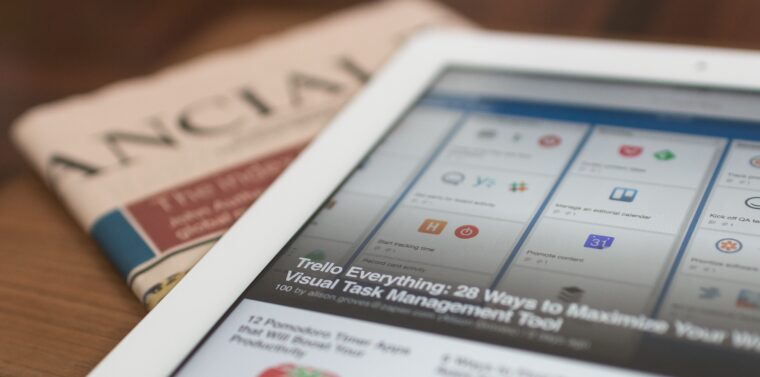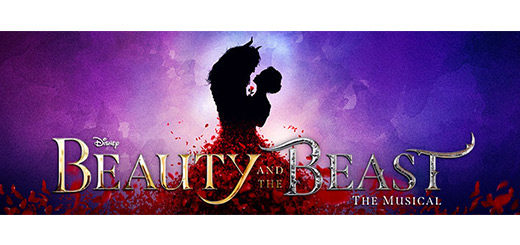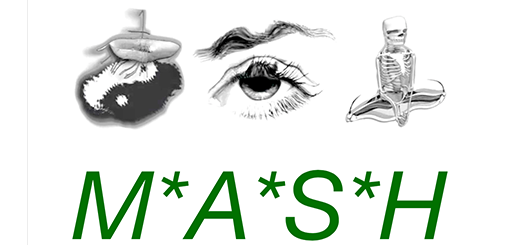The Future Of The Media In Ireland
People once predicted that technology would make newspapers extinct. With the election of Donald Trump, politicians have attacked journalists with sweeping accusations of ‘fake news.’ We’ve seen social media become a news source, and misinformation proliferate. The rise of digital and multimedia journalism continues to be a disruptor. When COVID arrived, it accelerated many of the trends already in motion. The public needed steady, trustworthy news. Social justice movements demanded radical change from media gatekeepers. And, we all craved diversions from the onslaught of evolving challenges the pandemic brought with it. Over the last year, the media industry rolled up its sleeves to meet readers where they were at.

This week, Elevate founder and MD, Emma Kelly, hosted a panel of experts and journalists for The Future of The Media in Ireland webinar to discuss what the impact has been and the trends they expect to grow. She was joined by Klara Heron, editor of Irish Country Magazine, Samantha McCaughren, business editor of the Sunday Independent, Dominique McMullan, editorial director at Image Media, and Margaret E. Ward, leadership consultant, campaigner, and journalist.
Here are five major takeaways from their conversation:
- Real People, Real Stories
A midwife, a train driver, and a supermarket assistant on the cover of British Vogue. As Klara Heron reminds us, ‘It’s extraordinary.’ It’s hard to imagine how we could have gotten to this place pre-pandemic. From her perspective the glamour and allure of celebrity is in decline. ‘Our readers trust us,’ Klara says, ‘if they don’t instantly recognise someone on the cover, they are okay with that.’ The rallying cry to support Irish has only grown. People are seeking out good news stories about local businesses and communities coming together. The Irish media has a significant role to play in this.
- Print Ritual
‘Print has changed completely,’ Dominique says, ‘now it is that moment for pause, it is luxury, tactile…’ In conjunction with digital, quality print gives readers a 360 experience with a publication. Samantha McCaughren has been heartened to see that sales of weekend papers have been going strong. Going out for a paper or a magazine has been a treat over lockdown, and signs indicate this ritual will continue.
- Media Looks in the Mirror
Media institutions have long been challenged about diversity. However, the Black Lives Matter movement dialled up the sense of urgency last year. People now want to support brands that embody their values, and the publications and news organisations they subscribe to have become no exception. Margaret E. Ward, who has been tracking gender representation in the Irish media for over a decade, has found that Irish newsrooms have become progressively masculine. She says that we need greater ‘willingness among the gatekeepers to make a change.’ She expects that there will be increased pressure, in terms of public funding and relationships with advertisers, for media organisations to implement stronger policies on diversity. While visually representing Ireland’s diversity is important, it is vital that diversity is prioritised throughout the entire ecosystem of an organisation. We can expect further calls for transparency from Irish media, whether it is about staff pay or racially representative hiring. Publishing data on gender and employee earnings will soon be legally mandated in Ireland. Dominique McMullan points out, as an editor herself, she has found it essential to ‘stop and question’ the biases implicitly built into industry practices at every opportunity.
- Quality over Quantity
To paywall, or not to paywall? That was the question. Not long ago, as Samantha recounts, the solution wasn’t obvious. Many initially believed that the best way to make money in a digital world would be to get ‘lots of eyes’ on their pages. For many publications, COVID solidified the move to a reader-revenue based model as advertising revenue went into a tailspin. After the outcomes of the 2016 Brexit vote and American presidential election shocked many people, the vital role journalism plays in democracy has been reinforced. The pandemic has also made people re-evaluate their news sources for trustworthiness. As subscription models have gradually become the norm, the public has come to understand that quality, credible content is worth paying for.
- Curated Community
Technology has enabled a greater dialogue between publications and their readership. As Margaret mentions, this has been a reluctant transition for some Irish media traditionalists who are accustomed to a ‘Broadcast-out model.’ Dominique discusses how subscriptions have made relationships with readers less transactional and more personal. There has also been a rise in smaller subscription-based publications such as The Rogue Collective, The Hay Day, and The Currency. The popularity of newsletter formats, enabled by platforms such as Substack and Patreon, have allowed individual writers to collect their own audience of subscribers. Klara believes that the days of trying to be all things to all people are behind us. She imagines a future where media organisations hone in on their niches and smaller, speciality teams deliver focused content. Margaret inputs that we have been ‘starved of experiences’ during the pandemic and thinks there is a big opportunity for journalists to meet with people in person for curated music, food, and travel events.




